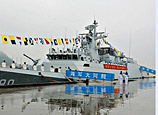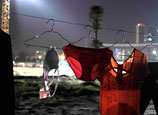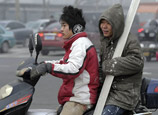
The two nations signed deals on Tuesday to increase Indian access to China’s drugs market and to promote trade in fish and meat products.
After Li met Indian Prime Minister Manmohan Singh on Monday, the two leaders agreed to develop extensive cooperation in infrastructure construction, technology, agriculture, energy and culture.
China is willing to start official negotiations on a regional trade agreement with India, and to jointly resist trade protectionism, Li said.
Feasibility studies on regional trade between the two countries were completed in October 2007. However, official negotiations to achieve an agreement have not yet started, because of differences about specific schemes.
Later, Li traveled to India’s financial hub Mumbai before heading to Pakistan. He will also visit Switzerland and Germany.
Wang Rui, a researcher at the Chinese Academy of International Trade and Economic Cooperation, a Commerce Ministry think tank, said the biggest obstacle to improving the negotiations is the trade imbalance between the two nations.
According to the General Administration of Customs, China’s trade surplus with India was $28.87 billion in 2012, up from $9.38 billion in 2007, which has triggered Indian trade remedy cases targeting China in recent years.
"India may worry about strong competition from Chinese-made products that can seize its domestic market share once the regional trade agreement is reached," Wang said.
The Commerce Ministry is studying setting up new comprehensive economic cooperation zones in Tibet, to link the two biggest emerging economies and to strive to increase two-way trade to $100 billion by 2015, she added.


















 University doors open for its security guards
University doors open for its security guards


![]()
